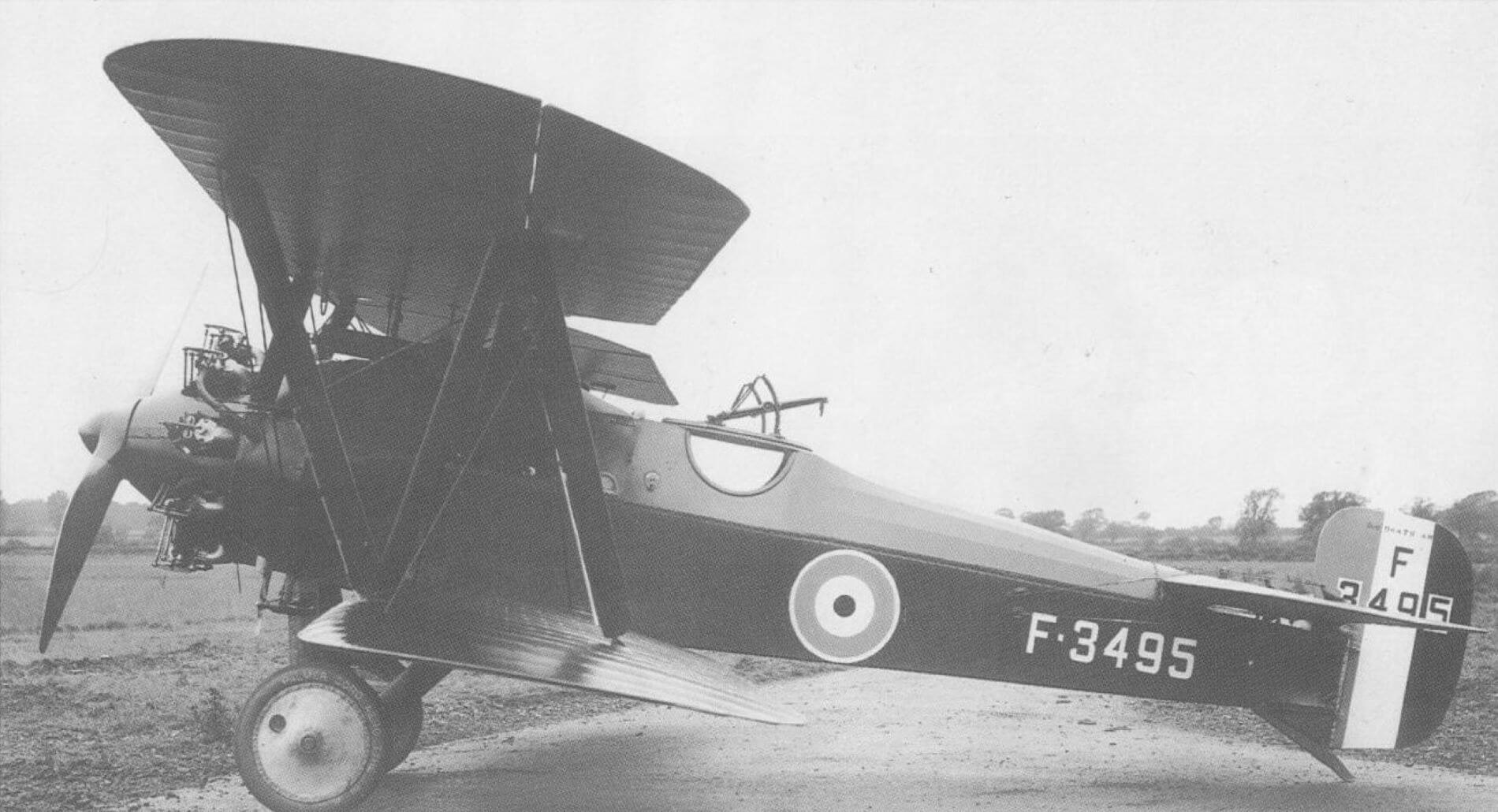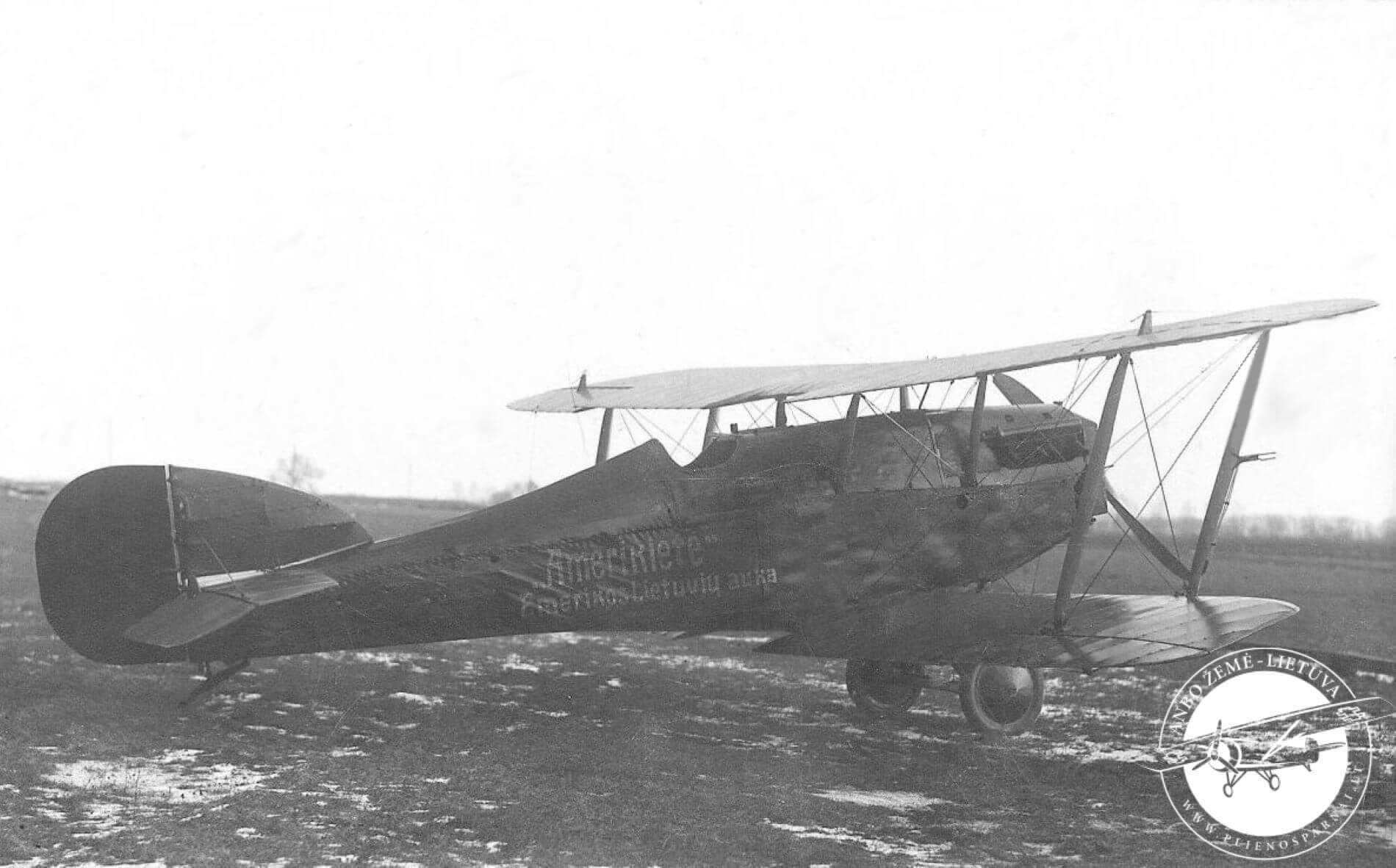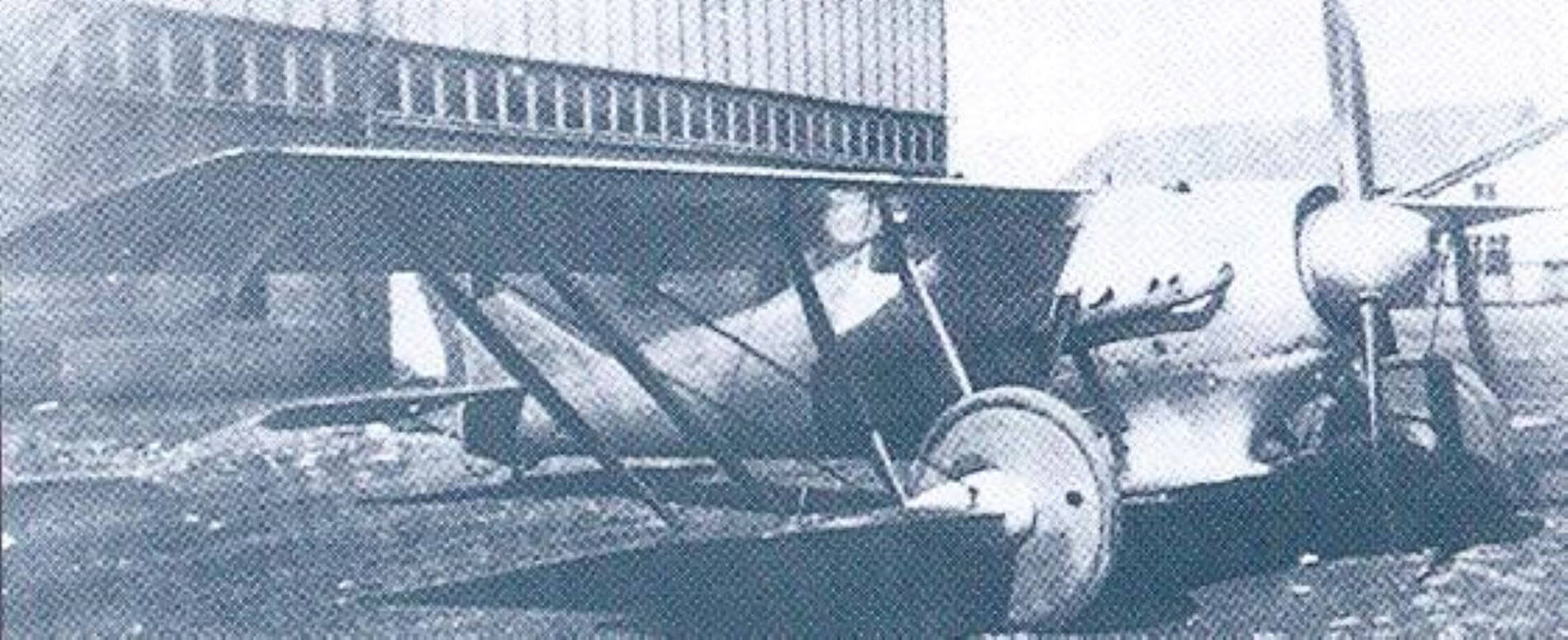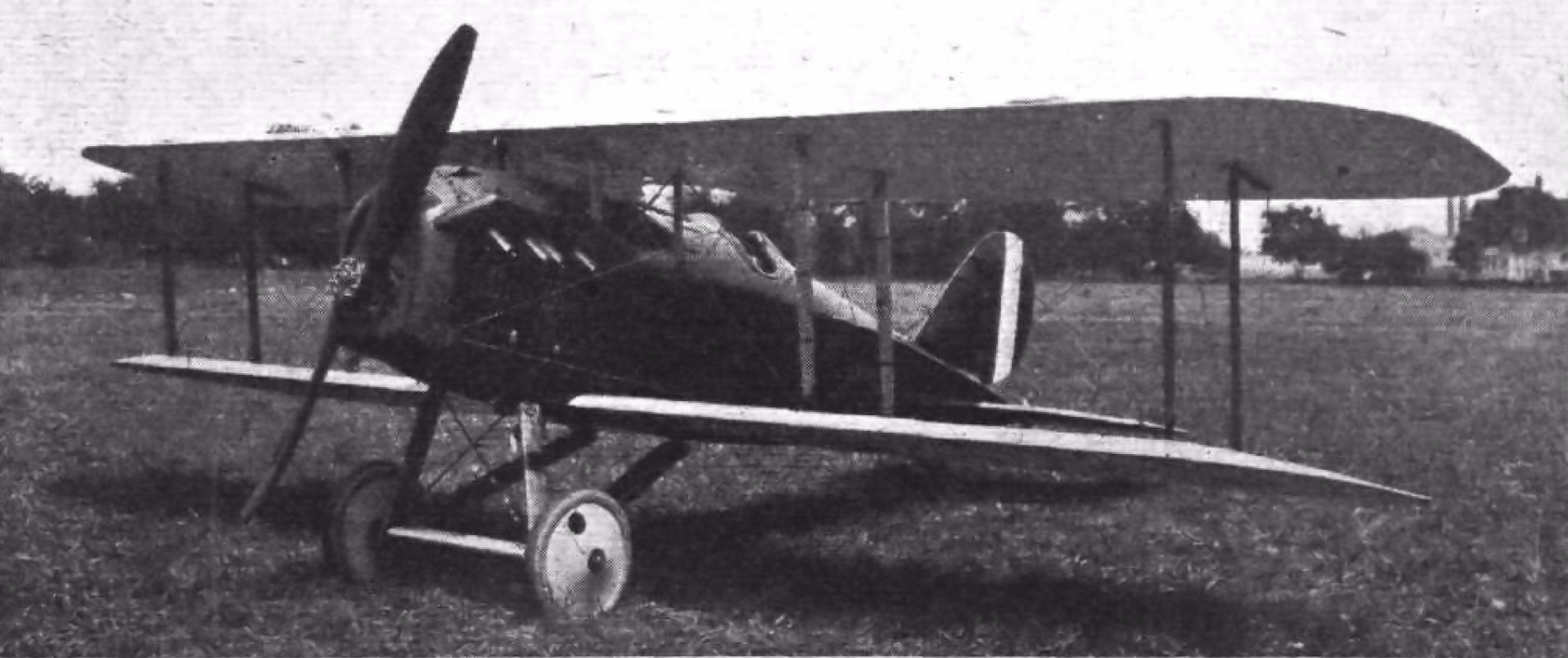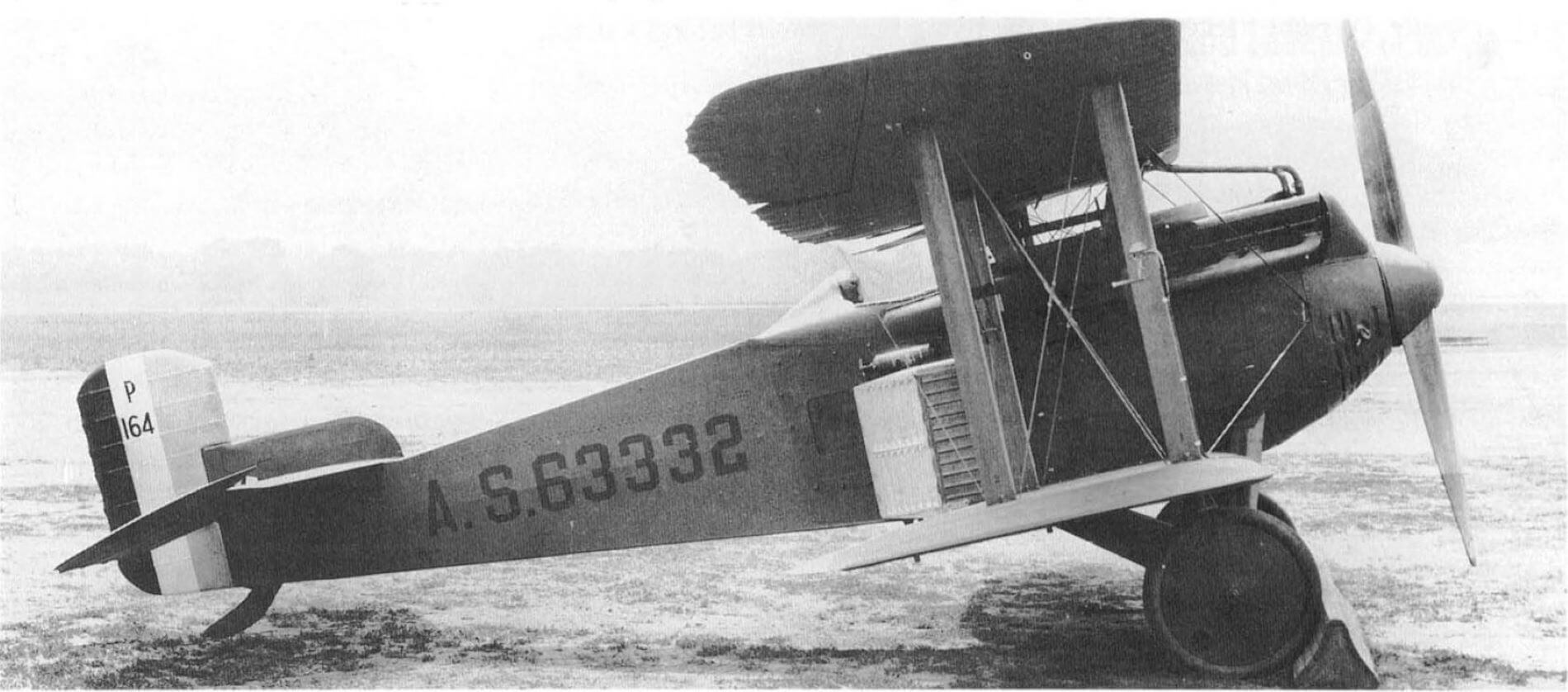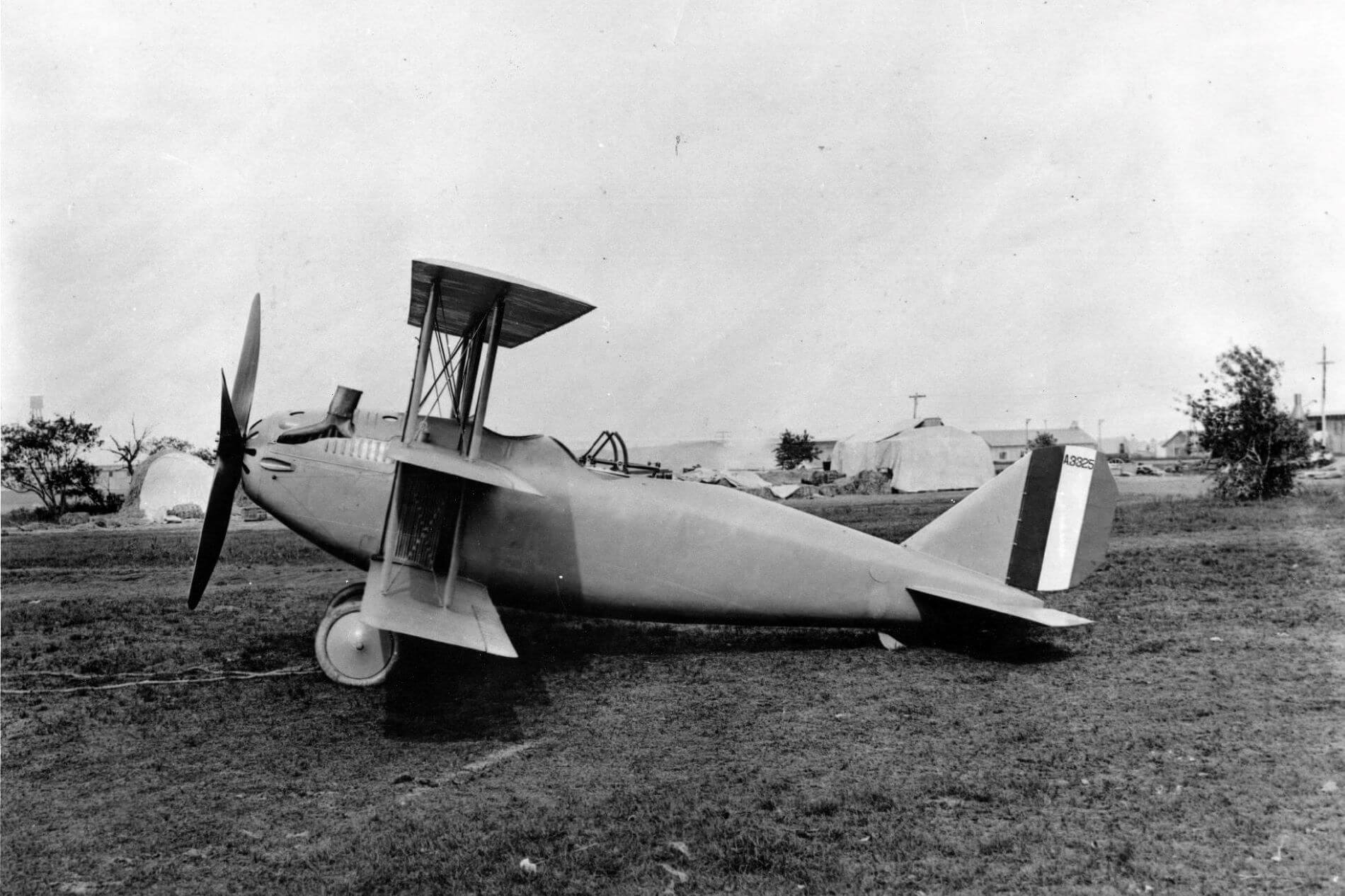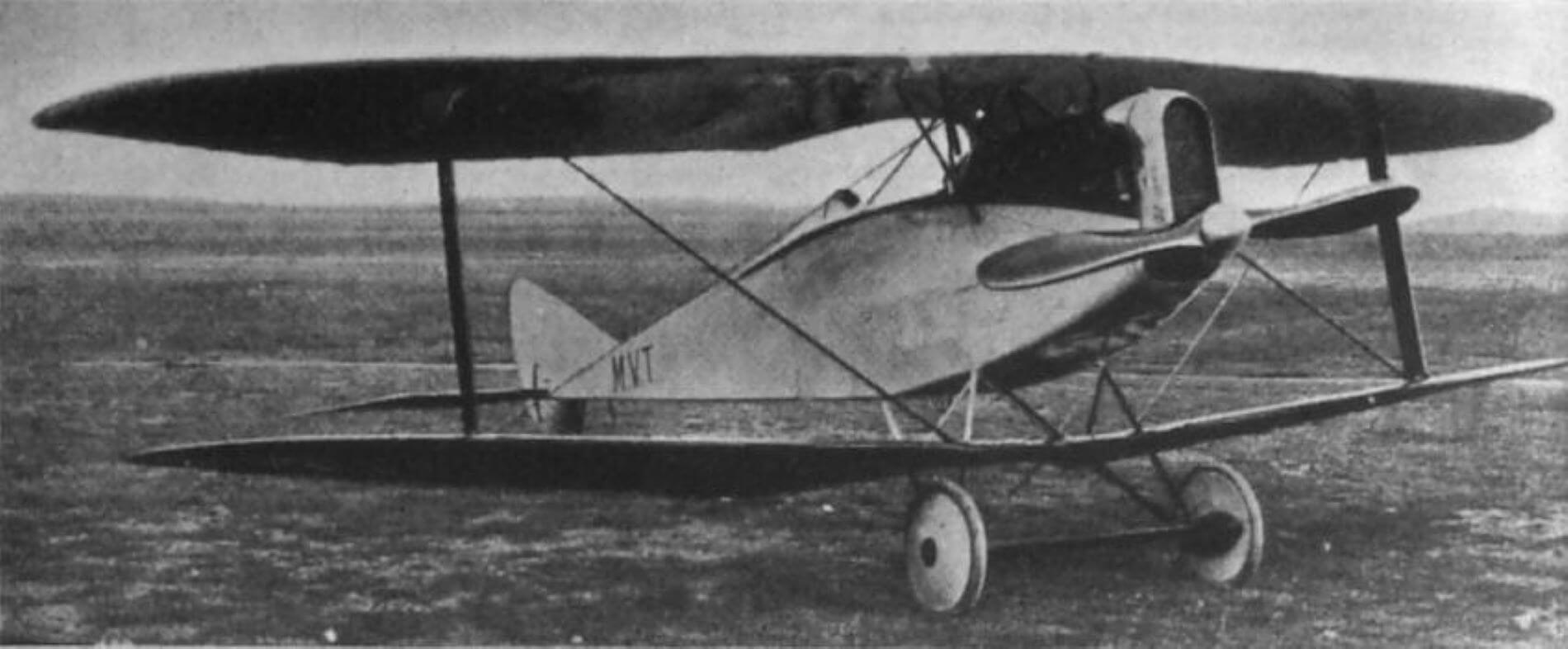Capable airmen are a great supplement to any nation’s army, as buzzing of their colourful machines provides great comfort for every footman and cavalryman. Amongst all engineering marvels that a military man pilots, fighters are some of the most remarkable. In action, they disallow the enemy to drop bombs from above and greatly encumber every form of reconnaissance, thus becoming an indispensable part of aeronautical warfare.
Currently, fighter aircraft are the fastest aeroplanes, with the most powerful engines, the sturdiest constructions and employed by the most daring devils that a nation’s army can supply. Many of them are created by adding machine guns to a race aircraft, others endure extensive testing in air races before being supplied to armies, so the best performance can be ensured.
As such, their defining features are great speed, allowing for pursuit and harassment of enemy airships; their great mobility, allowing for break-neck manoeuvres such as wicked turns or even flying belly-up; and their employment of machine guns for performing devastating attacks upon enemy with continuous fire. Therefore, the most important aspects of a fighter are power and rapidity of its engine, the rate with which a fighter can climb, and aerodynamic capabilities of its airframe, along with ease with which a pilot can fly and perform his manoeuvres.
With this arsenal of features in mind, let’s count down the ten most advanced fighters in 1920!
Honourable mention: Zeppelin-Lindau D.I
(Wikipedia)
This fighter aeroplane was designed by German engineer Claude Dornier of Zeppelin factory at the very end of the Great War. Utilizing innovative monocoque construction – meaning the entire aircraft’s structure is supported by its metal shell – the D.I is one of the lightest aeroplanes on this list. Its pioneering construction was greatly appreciated by engineers of the Americas, who, reportedly, are interested in acquiring unfinished prototypes from the factory. Undoubtedly, they will study them and procure similar machines of their own.
The greatest testament to the future of this construction method is that although powered by a Bavarian-made engine of only 185 horsepower, D.I can reach an impressive speed of 200 kilometres per hour at the sea level and can climb to the altitude of 5,000 meters in only 13 minutes.
10. Bristol Badger
(flyingmachines.ru)
A replacement of war-time British Bristol F.2 reconnaissance aircraft, this aeroplane can not only help to spot enemies on the ground, but defend itself from aerial adversaries too. One of the few two-seated fighters on this list, Badger is no less agile than any single-seat competitor. Its main feature is nine-cylinder Cosmos Jupiter – the most powerful aircraft engine in the world, delivering 400 horsepower and tested on at least one prototype by the Royal Air Force. It was reported that the airframe proved difficult to control, leading to some unfortunate crashes, but the damaged airplanes were swiftly repaired and subjected to further flights. There is no doubt that all issues will be resolved with the help of the newest method, called wind tunnel testing, whereas a scale model of an aircraft is tested within a tube with an airflow through it, allowing for extensive inspections without putting pilots in any danger.
9. Martinsyde F.4 Buzzard
(plienosparnai.lt)
The most powerful British aircraft of the Great War, the Buzzard became a darling of many a foreign nation fighting their own wars elsewhere in the world. Powered by Spanish-made 300-horsepower engine, this aeroplane can climb to the altitude of 3,000 meters in less than 8 minutes, and reach death-defying 235 kilometers per hour at the sea level. With both single-seated and twin-seated, land-based and sea-based variants produced, the Buzzard is incredibly versatile too, allowing every army to adapt the model to their own needs.
8. Siemens-Schuckert D.VI
(Ray Wagner Collection / Wikipedia)
This German fighter is a monoplane, and thus has worse climbing and maneuverability characteristics than most aircraft. Its engine is very underpowered too. But being the smallest and the lightest modern fighter, weighing only 540 kilograms – even lighter than Zeppelin-Lindau D.I – and having many unique and innovative features, such as four-bladed propeller and complex uneven wing shape, D.VI can outrun almost any adversary. Both prototypes of this aircraft were worked on even after the armistice with Germany, and had to be destroyed by their makers to prevent retribution from the Aeronautical Inter-Allied Commission of Control.
7. Tebaldi-Zari
(Wikipedia)
The rights to further develop this aeroplane were recently acquired by venerated Italian company Breda, and their interest is justified: very innovative design shows much promise, as large wheels of its landing gear are incorporated into the lower wing. By omitting usual landing gear and making a very aerodynamic fuselage, designer Ing Tebaldi was able to make one of the fastest aircraft of our time.
6. Orenco D
(Wikipedia)
The first aircraft of completely indigenous design for the United States of America, this machine, manufactured by Curtiss Aeroplane and Motor Company, is soon to be widely adopted by U.S. Army Air Service on the basis of great impression, which it produced upon pilots who flew it. Reported as a very pleasant aeroplane to handle, it is nevertheless very fast and can climb well too.
5. Thomas-Morse MB-3
(Wikipedia)
Another American aeroplane, introduced just last year and built by the recently founded Boeing Airplane Company. It was accepted as another fighter to be wielded by the U.S. Army Air Service, although the initial design will require further modification, as engineers, reportedly, had to cut holes into the fuselage to perform maintenance on some essential components after the first flight.
The most outstanding feature of this aeroplane is its weaponry, as there are plans to mount two gargantuan machineguns of 0.50 inch calibre on it. Undoubtedly, such a heavy armament can be considered excessive for an aircraft, unless the airman will feel a desire to suddenly fight entrenched fortresses or tanks.
4. De Marçay 2
(Ray Wagner Collection / Wikipedia)
One of the newest aircraft manufactured in France, and one of the most promising. The only prototype so far can reach 252 kilometres per hour at sea level and climb to 3,000 meters in just seven and a half minutes. It has the same engine as Martinsyde F.4 Buzzard, but shows better performance, owing to the latest advancements in aerodynamics and monocoque construction. Although it lost recent Service Aéronautique competition to Nieuport 29 – soon to be encountered by the readers of this list – the aeroplane shows much potential and may be put into production later.
3. Curtiss 18
(U.S. Navy / Wikipedia)
Designed in the closing months of the Great War, this two-seater aeroplane is a triplane, with three narrow wings extending from the fuselage. In August 1918, it reached the record speed of 262 kilometres per hour, and a year later climbed to an altitude of 10,640 meters, obtaining another world record. This aeroplane shows that there is a great future for the triplane design and all the talks about aircraft of this configuration being unable to reach great speeds are completely unjustified. Currently, after the war, its prototypes are mostly employed as race planes, but the Naval forces of the United States of America still own them and may put them to military use if need arises.
2. Marchetti MVT
(Flyingmachines.ru)
One of the newest and the most innovative designs, this Italian fighter uses the latest technological advancements. Its wings can be smaller and thinner, as the fuselage is shaped like a wing and is lifting itself into the air. It is made of metal in its entirety, even the wings having no canvas or wood in their structure, and thus the whole frame is incredibly sturdy. This latter feature allows to get rid of movable control surfaces, as the aircraft is controlled through wing-warping, manoeuvring not unlike a bird in the flight. In 1919, Vickers-Terni Company announced that they had reached the World speed record with the help of this aeroplane, their achievement being not recognized as Fédération Aéronautique Internationale had no reason to trust a conglomerate of Italians and Brits. Nevertheless, it is a very impressive aircraft, and one of the most advanced machines we will see in our lifetimes.
1. Nieuport-Delage NiD 29
(Wikipedia)
Although designed before the end of the Great War, this French replacement for their earlier Nieuport fighters is one of the most tremendous engineering achievements of our age. Its racing versions have obtained the World speed record numerous times in recent years, reaching unbelievable 313 kilometres per hour in December 1920. It is not known if a human body can survive speeds greater than that, so this record may be there to stay. Meanwhile, the French Army have ordered generous numbers of new Nieuports for their Air Force, hoping to be unbeatable, as no other army can pursue their NiD 29s. A number of other nations have shown an interest in purchasing this marvellous aircraft too, and for a good reason. This is undoubtedly the greatest fighter aircraft of 1920.

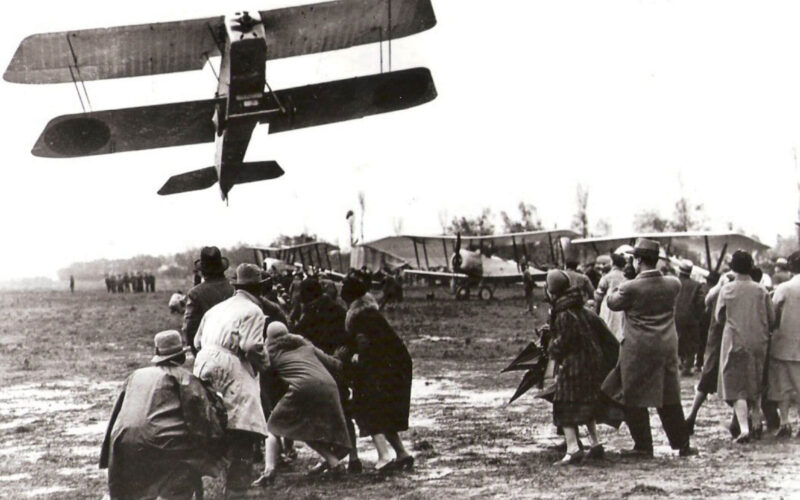
_d.i.jpg)
